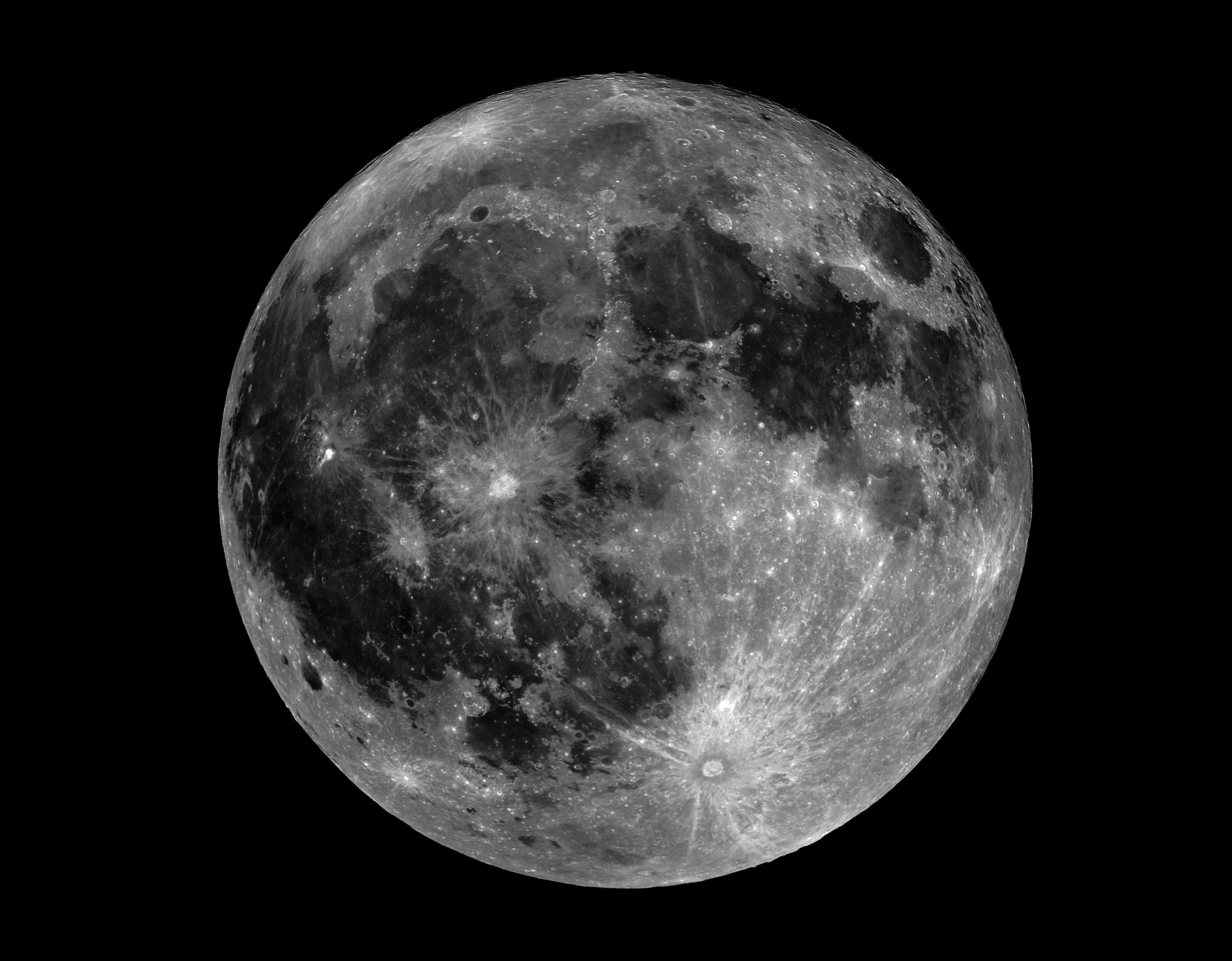export const content = `
The Moon is Earth's only natural satellite and the fifth largest moon in the Solar System.
Known for its impact on Earth's tides and lack of atmosphere, the Moon has a surface marked by craters and basaltic plains.

Key Facts
- Orbital Period: About 27.3 days (sidereal period)
- Diameter: Approximately 3,474 km
- Surface: Features highlands, maria, and numerous impact craters
- Average Distance from Earth: About 384,400 km
- Gravity: About 1/6th that of Earth's
Surface and Composition
The Moon's surface is mostly covered in regolith, a fine rocky dust, with large areas of basaltic plains called maria created by ancient volcanic eruptions.
Interesting Facts
- The Moon is slowly moving away from Earth, approximately 3.8 cm per year.
- The same side of the Moon always faces Earth due to synchronous rotation.
- Humanity's first visit to another celestial body was the Apollo 11 mission, which landed on the Moon on July 20, 1969.
`;
